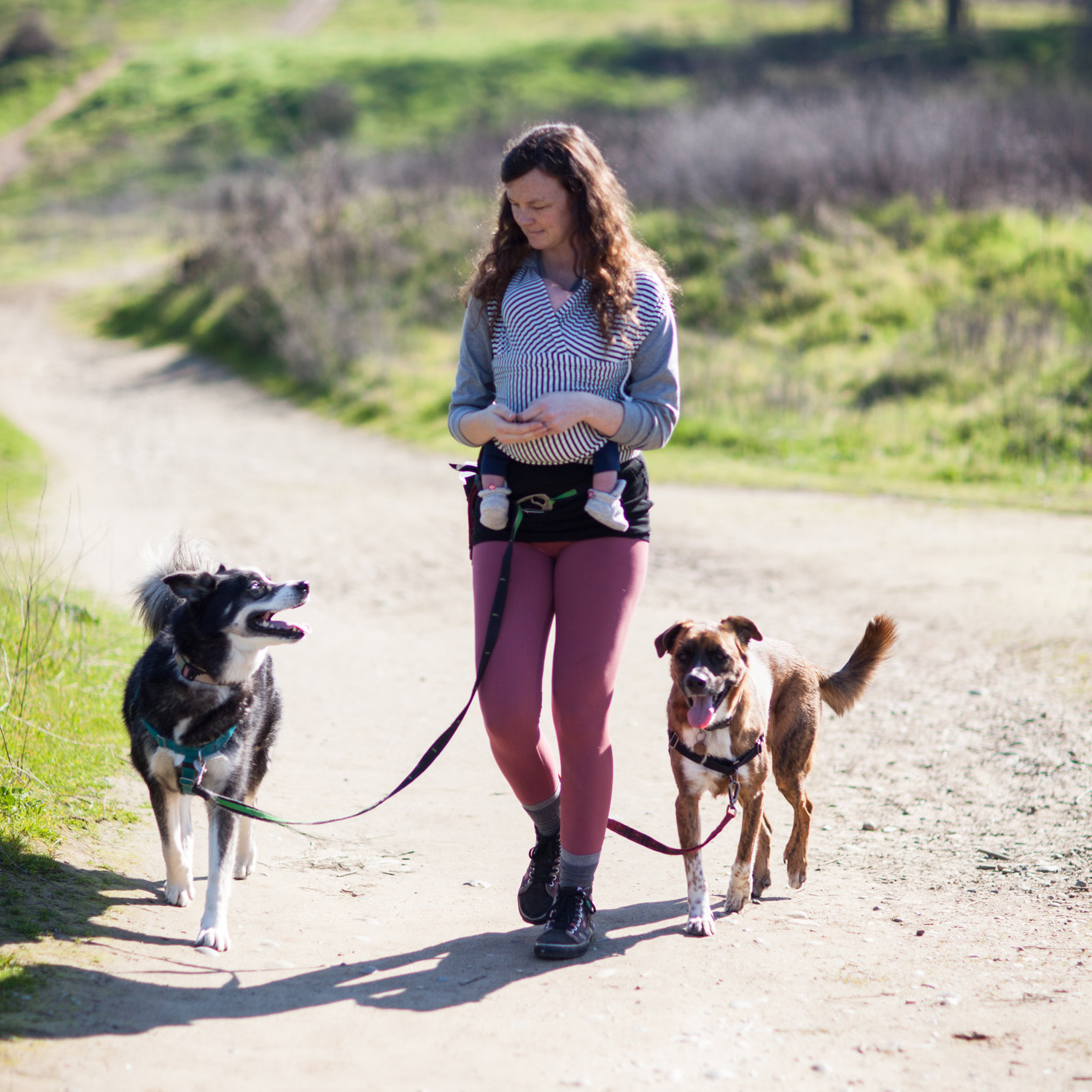Barking. It’s one of our dogs’ most basic behaviors, and yet one of the most common frustrations we experience. Excessive barking, inappropriate barking, loud barking! So what can we do about it?
Unfortunately, there’s not a one size fits all solution. In order to effectively reduce barking, we need to first look at the cause of the barking. There are two broad types of behaviors - those that are caused by an underlying emotional response and those that are being performed to achieve some kind of outcome.
If we’re dealing with barking caused by emotion (e.g. fear) then we need to look at how we can change that emotional response to some degree. We usually do this with classical conditioning which is essentially taking a lesser version of the stimulus prompting the response and pairing that with something the dog loves (like food). Over time, the association forms that stimulus = food so stimulus = good. So if your dog barks at the sight of other dogs (scary!), you would want to work with your dog in the presence of other dogs that are far enough away that she’s not barking. Then you begin your classical conditioning by feeding your dog cheese each time the other dog appears in the distance. Gradually, you decrease distance, and she learns that other dogs tend to predict cheese and maybe aren’t so bad, after all!
If the behavior is not coming from an innate emotional response, then something is reinforcing that behavior. For example, if your dog barks at you each evening before dinner time, and you generally get up and serve him dinner, well, that behavior is being strengthened. But this can be happening in more subtle ways, as well. For example, if your dog begins to bark in the car as you approach the park, and each time you continue to drive to the park, park your car, and then let the dog out for a rompin’ good time - the barking has been reinforced. Or, another common instance - your dog barks each time the mail carrier comes to the door. Then what happens? The mail carrier turns and leaves! For a dog that is concerned about the presence of strangers, that becomes quite reinforcing. (This example may contain a little bit of both categories - emotional response AND reinforced behavior).
As with all unwanted behaviors, it’s much easier to consider what we DO want, rather than what we DON’T want. So in these cases, we want to start reinforcing alternative behaviors. For example, going to his crate before dinner is served, lying quietly in the car, or checking in with you when the mail is delivered or when someone comes to the door.
Over these next few posts, I’ll talk a bit more about specific kinds of barking and how we can start to work reduce it. But first, let's first acknowledge that there is nothing you can do to completely erase barking from your dog’s behavioral repertoire. It’s a natural, normal thing to do in a variety of circumstances. Sometimes having a dog is going to be a little noisy.

